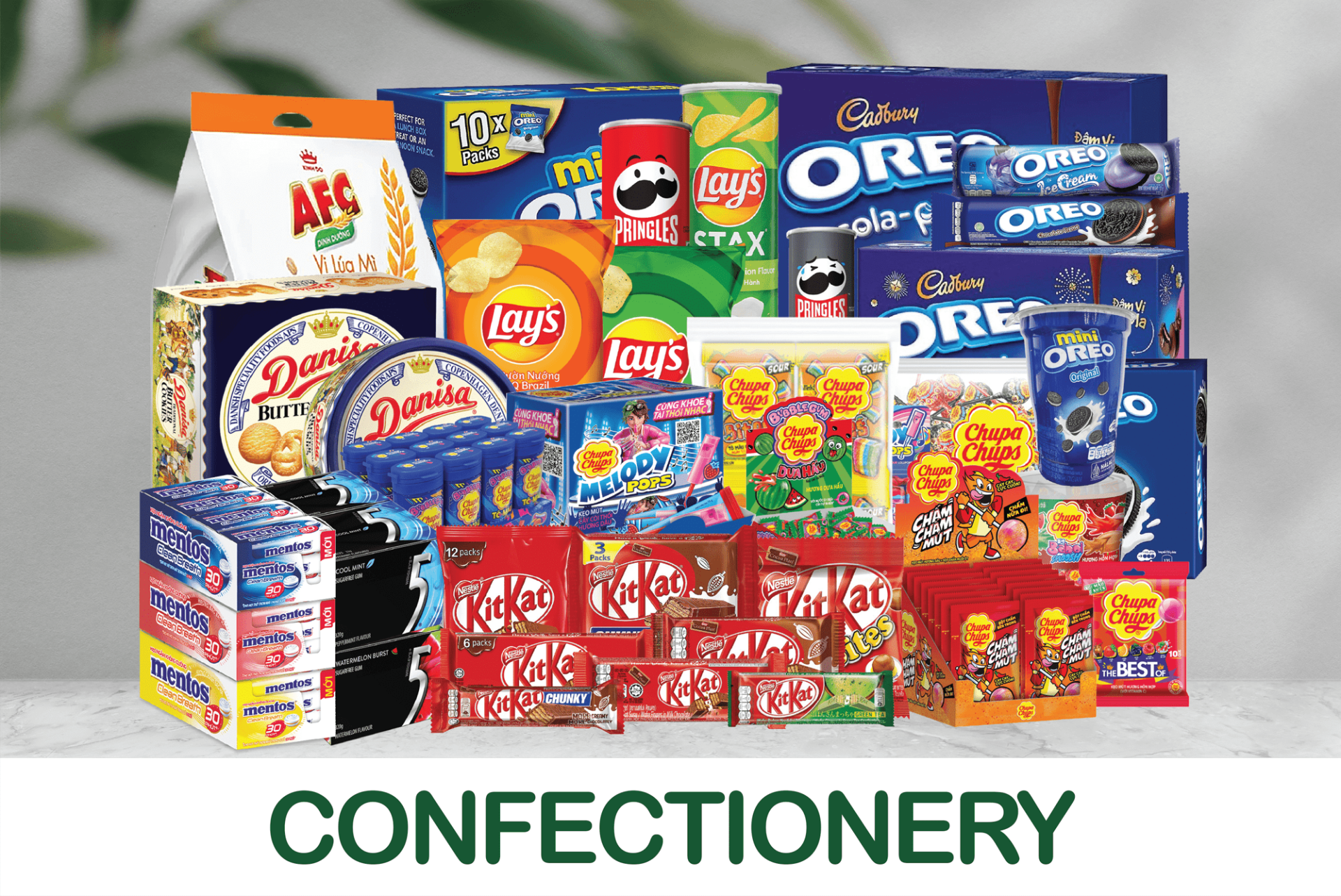The confectionery sector plays a significant role within the Fast Moving Consumer Goods (FMCG) industry, contributing to both domestic and international markets. Confectionery products, which include sweets, chocolates, biscuits, and other sugary treats, are highly popular among consumers of all ages. In the global marketplace, the export of confectionery goods is a rapidly growing segment, driven by increasing demand for both traditional and innovative products from various parts of the world.

1. Overview of the Confectionery Export Market
The export of confectionery within the FMCG sector has been on the rise, with major global brands and smaller niche players seizing opportunities in both developed and emerging markets. International consumers, especially in countries with growing middle classes and increased disposable income, are showing a strong preference for high-quality and diverse confectionery products. As a result, many FMCG companies have focused on expanding their export operations to tap into these lucrative markets.
2. Key Export Destinations
The main destinations for confectionery exports include regions such as North America, Europe, and parts of Asia, particularly China, Japan, and Southeast Asia. These regions offer significant opportunities due to their large populations and established distribution networks. The Middle East and Latin America are also emerging as important markets for confectionery, driven by changing consumer tastes and increased interest in Western-style snacks and sweets.
3. Challenges in the Confectionery Export Sector
Despite the growth potential, exporting confectionery products also comes with challenges. Regulations around food safety and quality standards vary significantly across countries, requiring companies to comply with stringent requirements. Additionally, shipping and storage conditions are crucial for maintaining product freshness and quality, as many confectionery items are sensitive to heat and moisture. Furthermore, fluctuations in the prices of raw materials such as sugar, cocoa, and dairy can impact profit margins, making it essential for companies to manage supply chain risks effectively.
4. Consumer Preferences and Trends
In the international confectionery market, consumer preferences are evolving. There is increasing demand for healthier confectionery options, such as low-sugar, organic, or vegan products. At the same time, premium and artisanal confectionery, which offers unique flavors and high-quality ingredients, is gaining popularity. Exporters must stay attuned to these trends to cater to the shifting tastes of global consumers.
5. Sustainability and Ethical Practices
Sustainability and ethical sourcing have become critical factors in the confectionery export industry. Consumers are becoming more conscious of the environmental and social impact of their purchasing choices, pushing companies to adopt eco-friendly packaging and ensure fair trade practices, especially in the sourcing of cocoa and other ingredients. Meeting these expectations not only helps brands build trust but also opens new opportunities in markets that prioritize ethical consumption.
6. Conclusion
The confectionery export sector within FMCG holds vast potential for growth, especially as global demand continues to rise. However, success in this competitive market requires careful attention to consumer preferences, adherence to international standards, and a commitment to sustainability. Companies that can innovate while maintaining high-quality standards will be well-positioned to thrive in the expanding global confectionery landscape.

Comment: